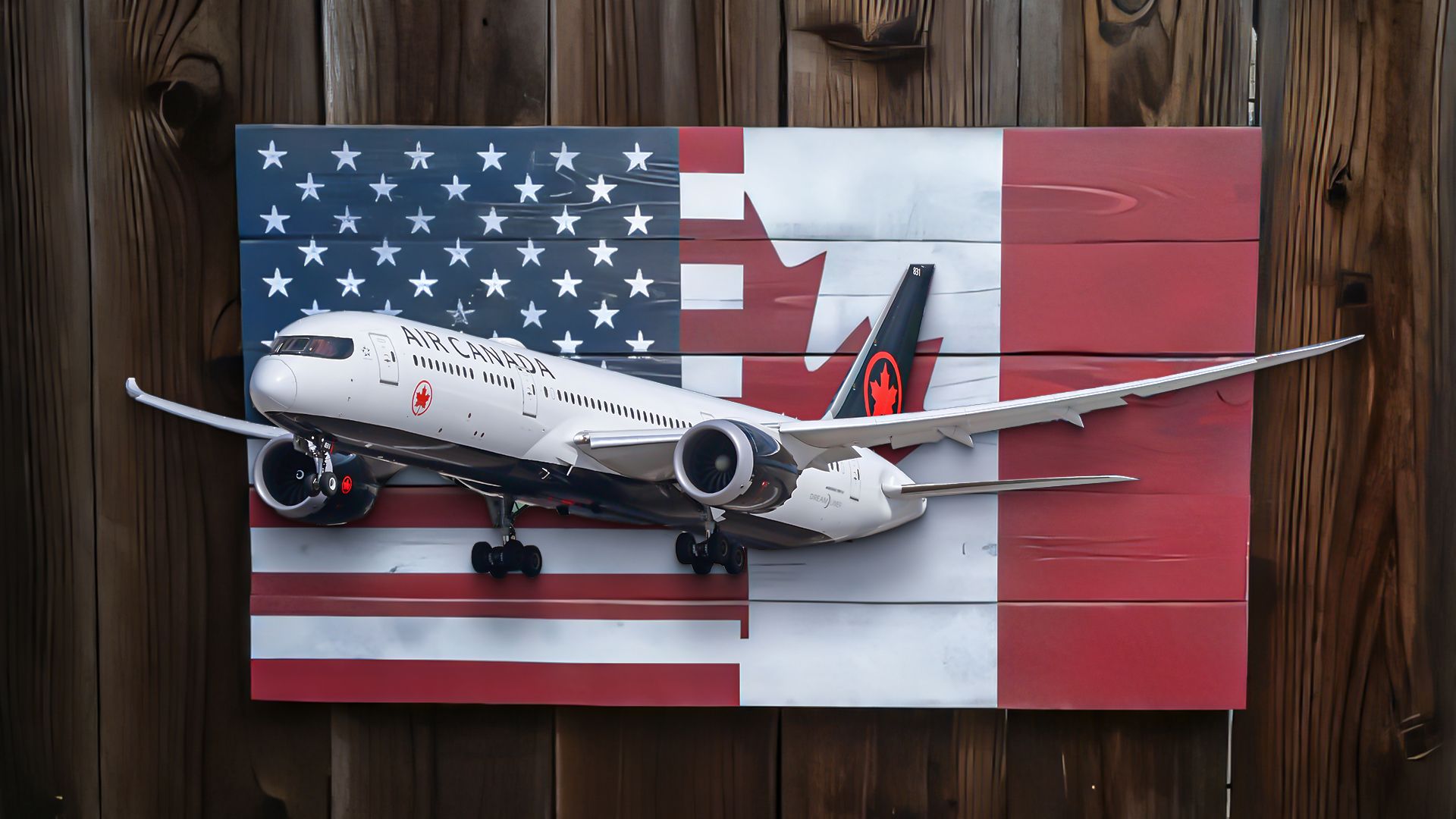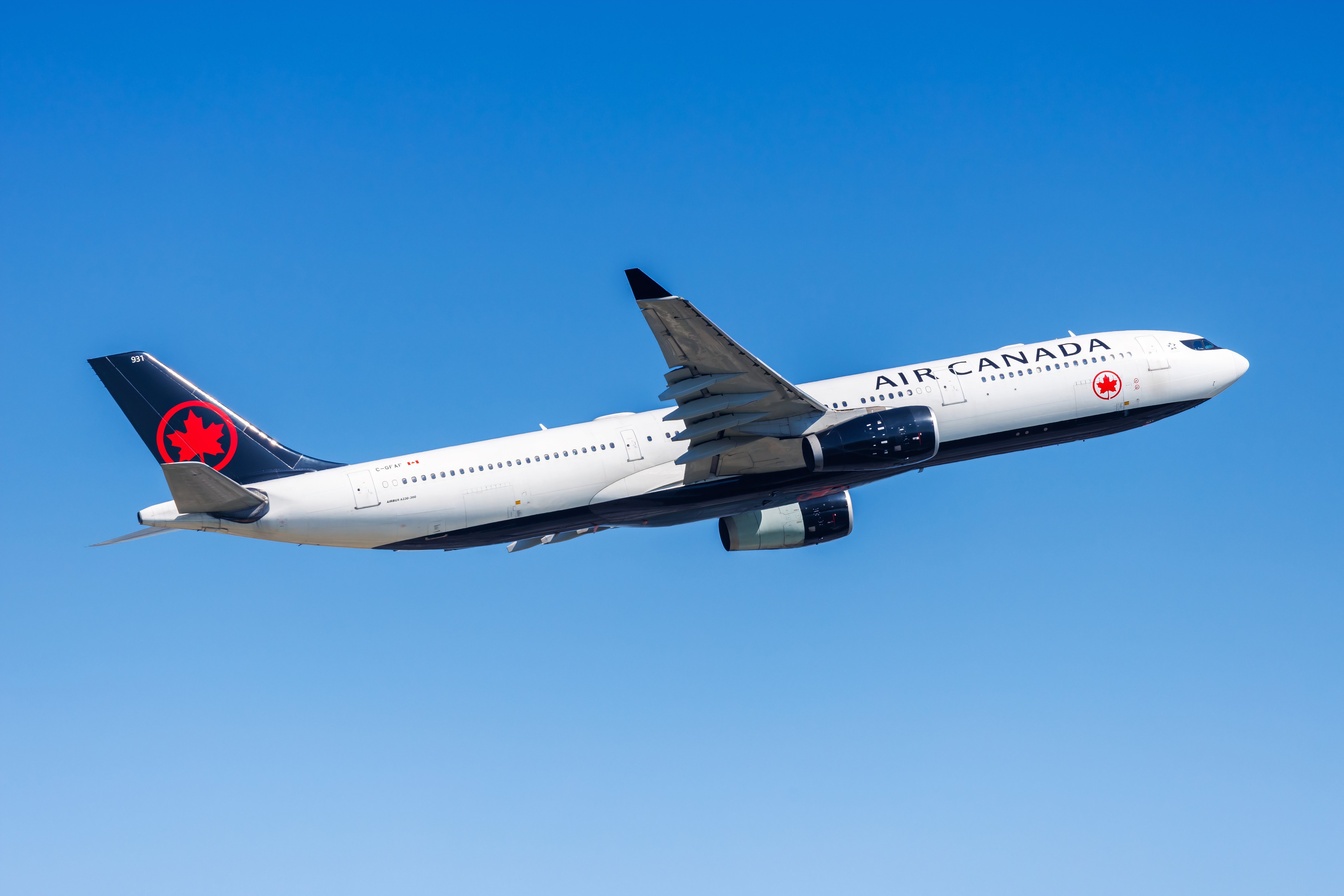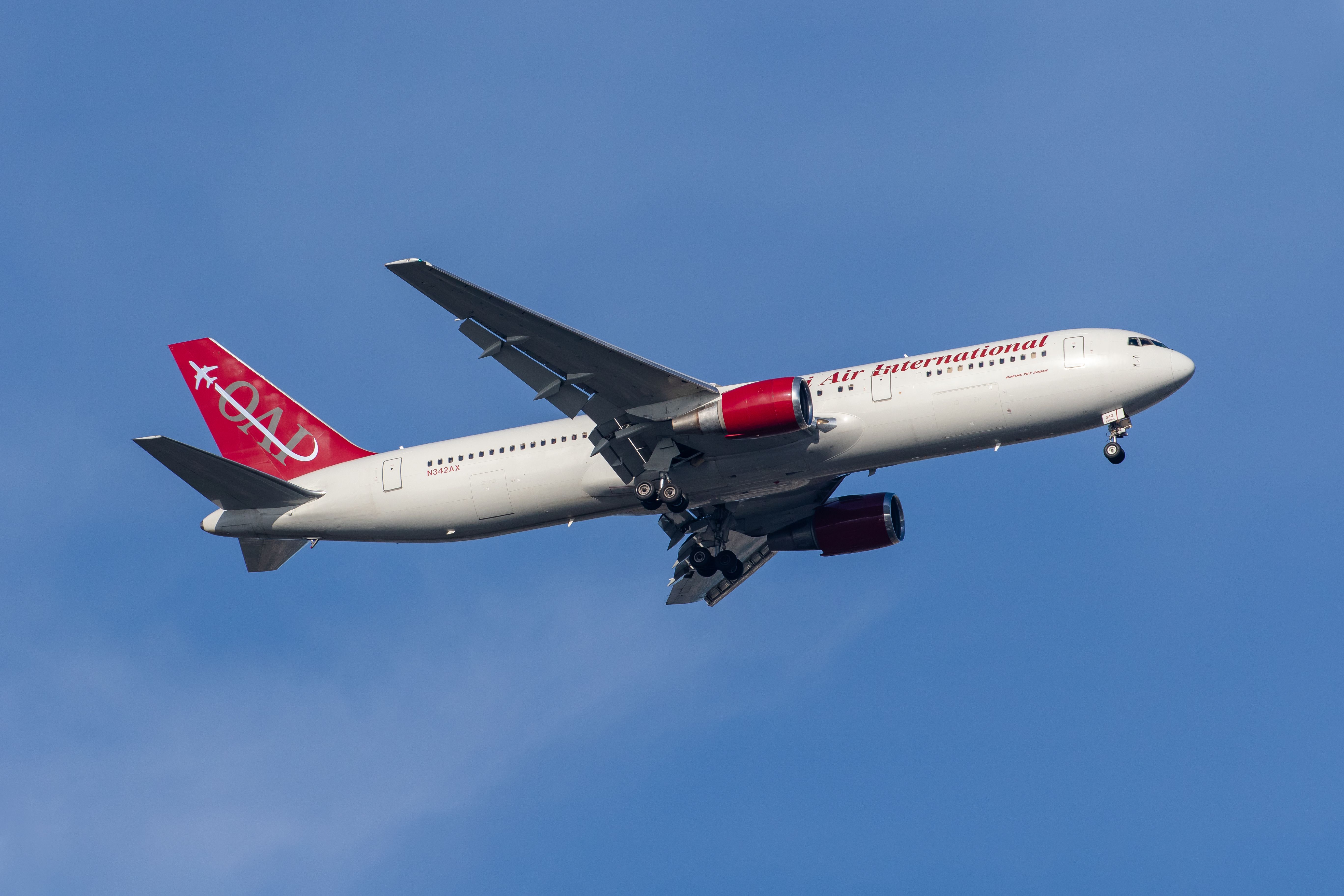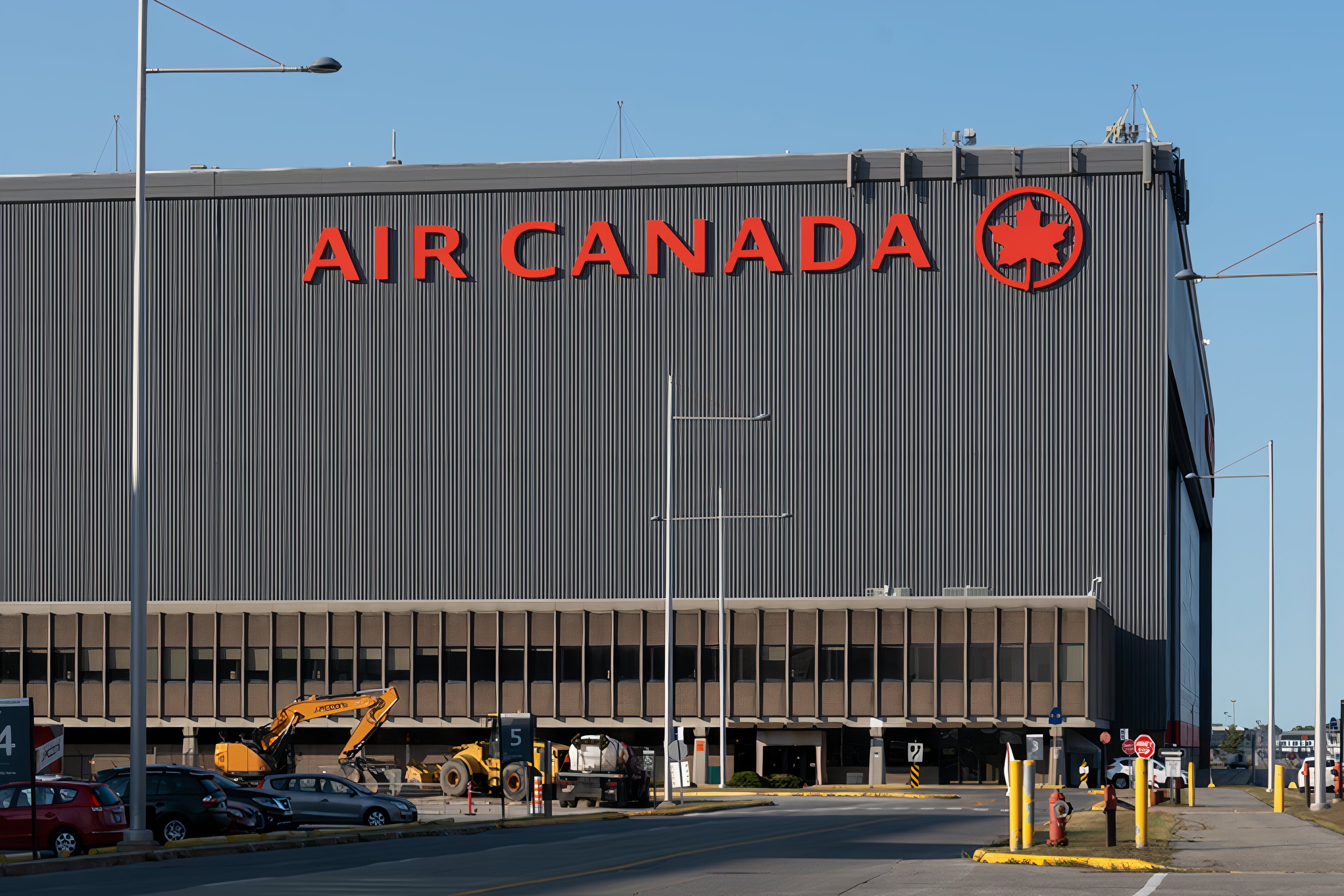Summary
- Air Canada uses A330-300, 767-300, and 787-9 on US routes for enhanced comfort and amenities.
- Widebody aircraft offer more spacious seating, advanced entertainment systems, and higher-end meal services.
- Air Canada faces competition from airlines like Air France, Delta, and United and is focusing on operational efficiency and passenger experience.
Air Canada operates several widebody aircraft on routes between Canada and the United States, offering passengers enhanced comfort and amenities on these flights. We’re examining the specific US routes served by Air Canada’s A330-300, 767-300, and 787-9 aircraft based on data for July 2024.
Air Canada’s widebody fleet and routes
Air Canada utilizes a variety of widebody aircraft to service high-demand routes between Canada and the US. These aircraft provide greater capacity and improved passenger experience, especially on longer flights. The primary aircraft models in use include the Airbus A330-300, Boeing 767-300, and Boeing 787-9.
Data is according to Cirium, an aviation analytics company.
Airbus A330-300
The Airbus A330-300 is a long-range, twin-engine widebody aircraft known for its spacious cabin and fuel efficiency.
-
Routes and Frequency
- Los Angeles (LAX) to Montreal (YUL): 16 flights
- Montreal (YUL) to Los Angeles (LAX): 17 flights
-
Aircraft Details
- Seats: 9,777
- Available Seat Miles (ASMs): 24,178,521
- Competitive Landscape: Competes with airlines like Air France and Delta Air Lines on similar long-haul routes, leveraging its modern amenities to increase passenger comfort.
Photo: Markus Mainka | Shutterstock
Boeing 767-300
Air Canada wet-leases 767-300 aircraft operated by Omni Air International and used for their long-range capabilities.
-
Routes and Frequency
- San Francisco (SFO) to Toronto (YYZ): 13 flights
- Toronto (YYZ) to San Francisco (SFO): 13 flights
-
Aircraft Details
- Seats: 6,266
- ASMs: 14,161,160
- Competitive Landscape: Faces competition from United Airlines and WestJet on transcontinental routes, offering competitive in-flight services and connectivity.
Photo: w_p_o | Shutterstock
Boeing 787-9
The Boeing 787-9 Dreamliner is a state-of-the-art aircraft renowned for its advanced technology, fuel efficiency, and passenger comfort.
-
Routes and Frequency
- Los Angeles (LAX) to Toronto (YYZ): 31 flights
- Toronto (YYZ) to Los Angeles (LAX): 31 flights
- Los Angeles (LAX) to Montreal (YUL): 1 flight
- Montreal (YUL) to Los Angeles (LAX): 1 flight
-
Aircraft Details
- Seats: 19,072
- ASMs: 41,677,684
- Competitive Landscape: Competes with American Airlines and Delta Air Lines on transcontinental routes, focusing on providing a top-tier passenger experience.
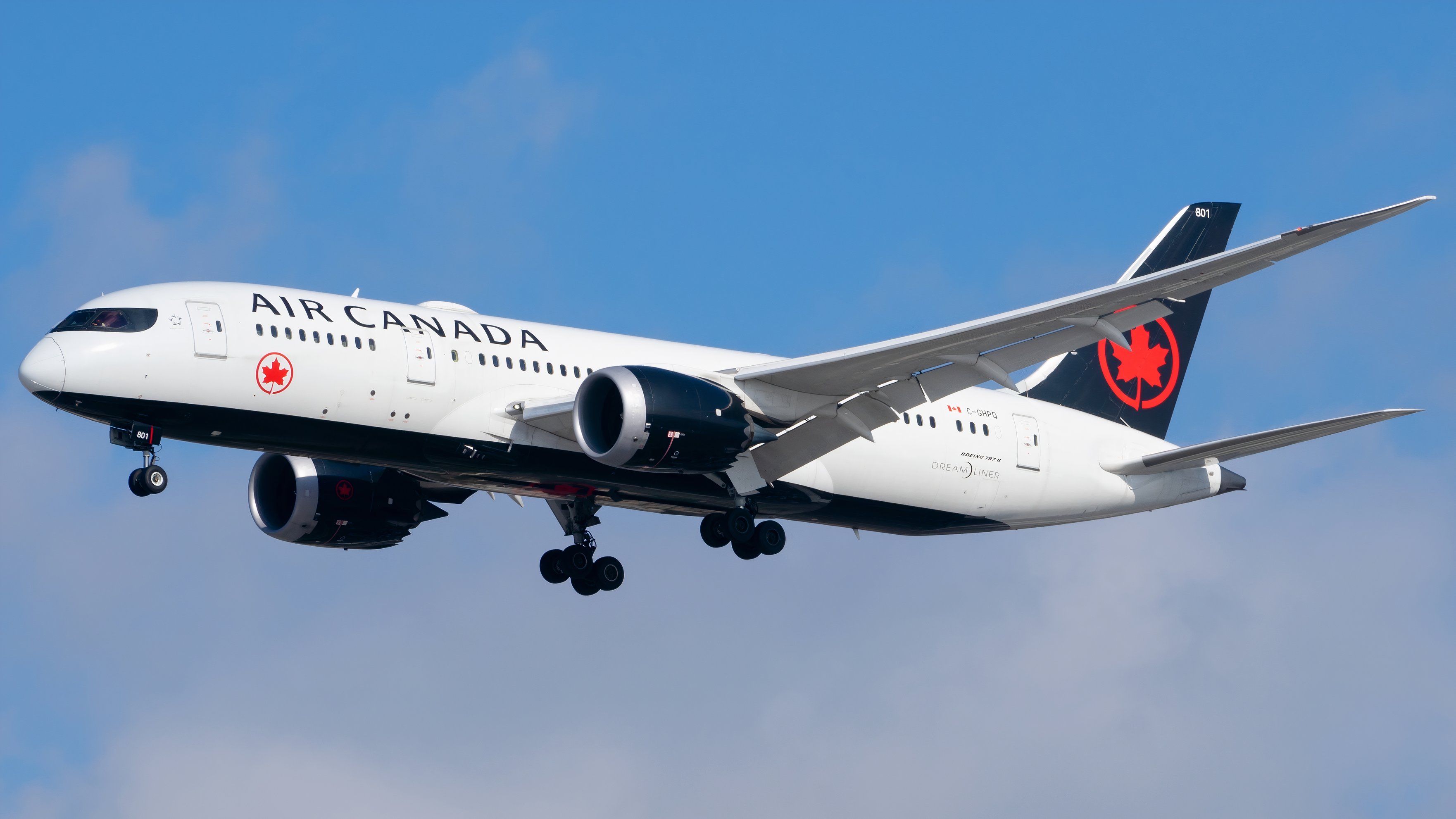 Enhancing passenger experience
Enhancing passenger experience
Air Canada’s use of widebody aircraft on US routes significantly enhances the passenger experience. These aircraft are equipped with modern amenities that cater to the needs of both business and leisure travelers.
In-flight comfort and amenities
- Seating: Widebody aircraft offer more spacious seating arrangements, including options for lie-flat seats in business class and extra legroom options in economy.
- Entertainment: Advanced in-flight entertainment systems with larger screens and a broader selection of movies, TV shows, and music.
- Dining: Higher-end meal services with a variety of dining options, including special dietary meals and premium beverages.
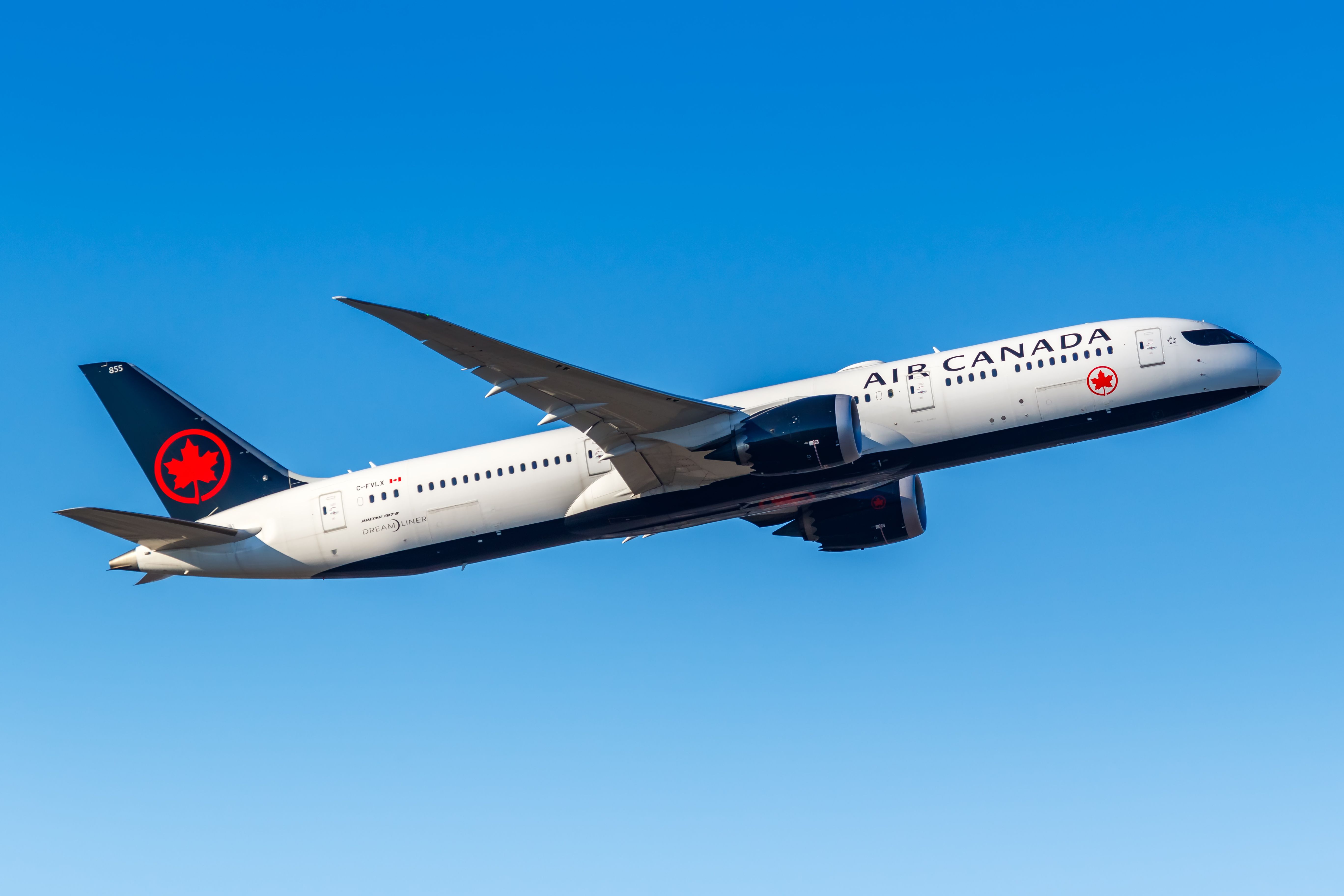
Related
Which Air Canada Widebodies Have The Largest Business Class Cabins?
A look at the Canadian flag carrier’s most premium-heavy twin-aisle jets.
Operational efficiency
Widebody aircraft also offer operational advantages, such as increased fuel efficiency and greater range, allowing Air Canada to optimize its long-haul services between Canada and the US. The use of advanced materials and aerodynamic designs in these aircraft contributes to lower fuel consumption and reduced emissions, aligning with Air Canada’s sustainability goals too.
Competitive analysis
Fleet utilization
Air Canada’s strategic use of widebody aircraft on key US routes enables it to compete effectively with other major airlines. By offering enhanced passenger comfort options and focusing on operational efficiency, Air Canada can attract a diverse passenger base.
Market position
|
Air France |
Competes on routes like LAX to YUL, offering similar amenities but differing in overall network connectivity. |
|
Delta Air Lines |
Competes on various transcontinental routes, leveraging its extensive US network and SkyMiles loyalty program. |
|
United Airlines |
Competes on routes like SFO to YYZ, focusing on providing seamless connectivity and premium in-flight services. |
Operational challenges and considerations
Maintenance and scheduling
Operating a fleet with various widebody aircraft presents challenges in terms of maintenance and scheduling. Ensuring that aircraft are available and in top condition for flights requires meticulous planning and coordination.
- Maintenance Logistics: Widebody aircraft require specialized maintenance facilities and teams, which can be resource-intensive.
- Scheduling Flexibility: Balancing the availability of aircraft (and crew) for scheduled routes while accommodating unexpected maintenance needs is a constant challenge for Air Canada’s operations team.
Passenger traffic management
Managing passenger loads effectively on widebody aircraft is crucial for operational efficiency and profitability.
- Load Factor Optimization: Ensuring high load factors on these routes is essential to maximizing revenue and justifying the deployment of a widebody aircraft.
- Dynamic Pricing: Air Canada employs dynamic pricing strategies to manage demand and optimize seat utilization on these key routes.
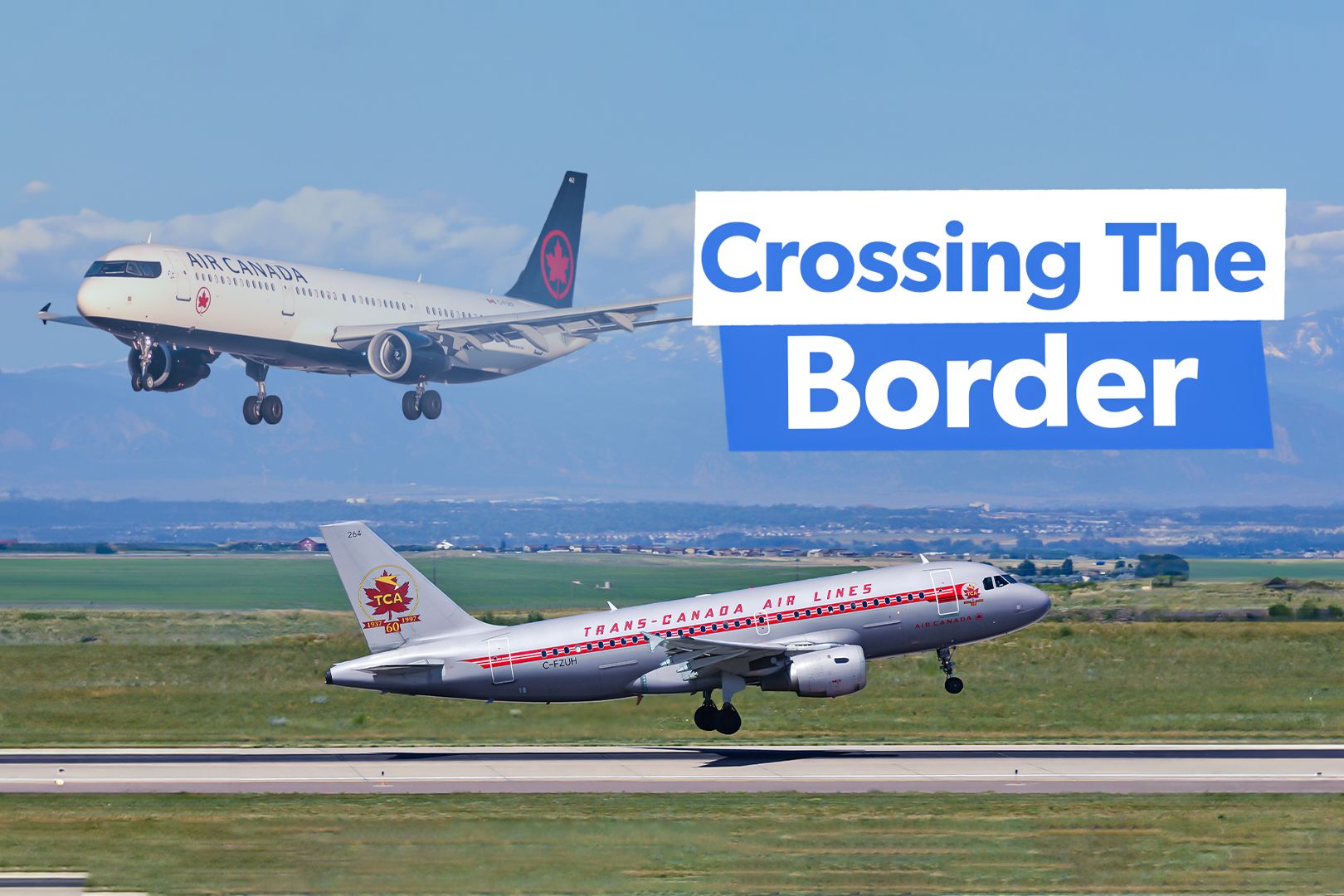
Related
Top 5: These Are Air Canada’s Busiest US-Bound Routes
The carrier dominates traffic from many key Canadian gateway hubs.
Future prospects & expansion
Air Canada plans to continue expanding its use of widebody aircraft on US routes, adapting to changing market demands and passenger preferences. Future developments may include:
New routes and increased frequencies
By exploring additional US cities to connect with major Canadian hubs using widebody aircraft, Air Canada is in the position to consider potential new routes. Increasing frequencies by adding more flights on high-demand routes to cater to growing passenger traffic is an option as well.
Photo: JHVEPhoto | Shutterstock
Fleet modernization
Introducing new widebody models to replace older aircraft and enhance fuel efficiency and passenger comfort will be key for Air Canada as it also takes on technology upgrades to improve its existing fleet.
Wrapping it up
Air Canada’s deployment of widebody aircraft on key US routes highlights its commitment to providing a superior travel experience. By leveraging the capabilities of the A330-300, 767-300, and 787-9, Air Canada can offer passengers the comfort, efficiency, and competitive service levels they have come to expect on transcontinental flights.
Have you flown to or from the US on one of Air Canada’s widebody routes? We want to hear about your experiences and thoughts on these in the comments below, and stay up to date on everything aviation at Simple Flying.

